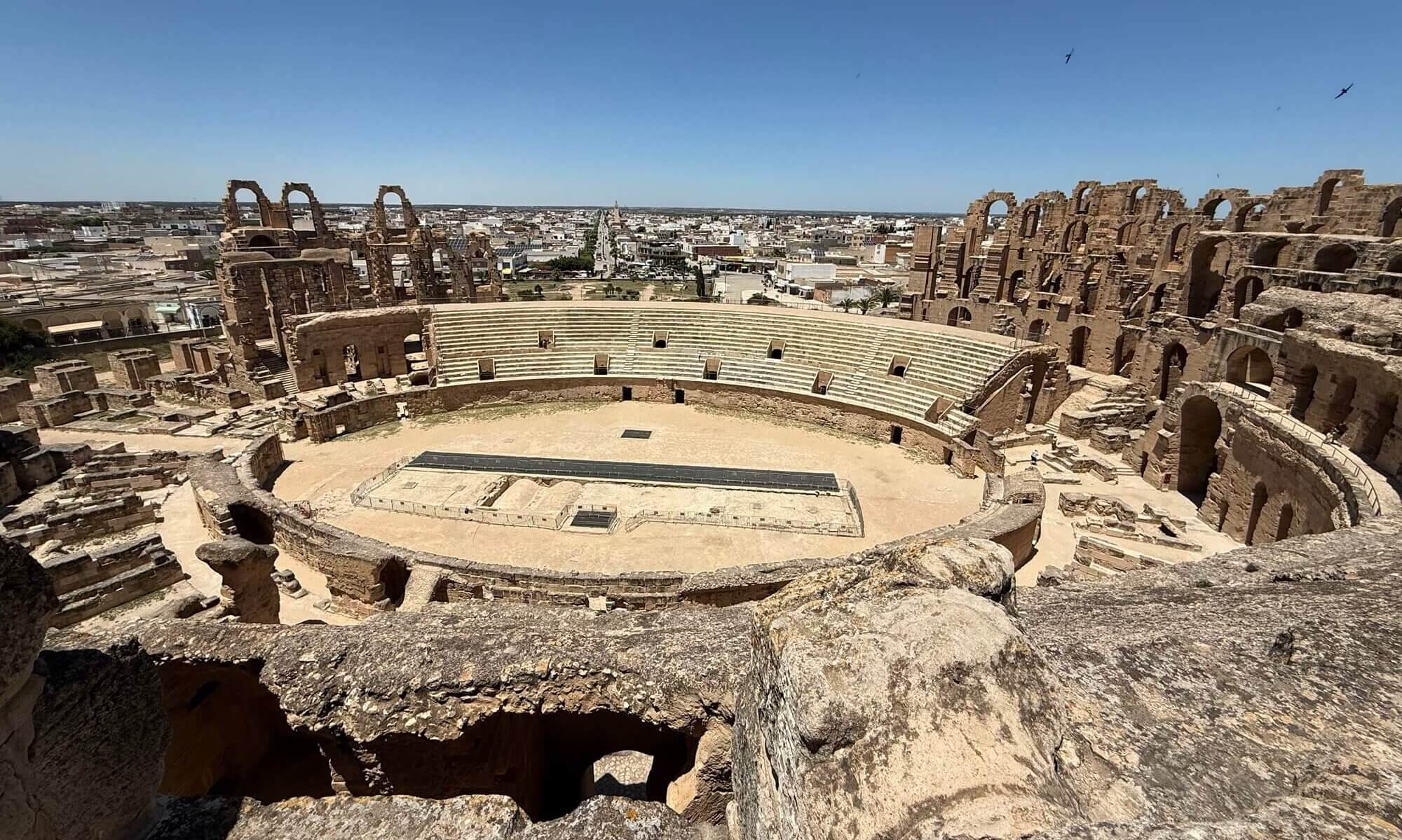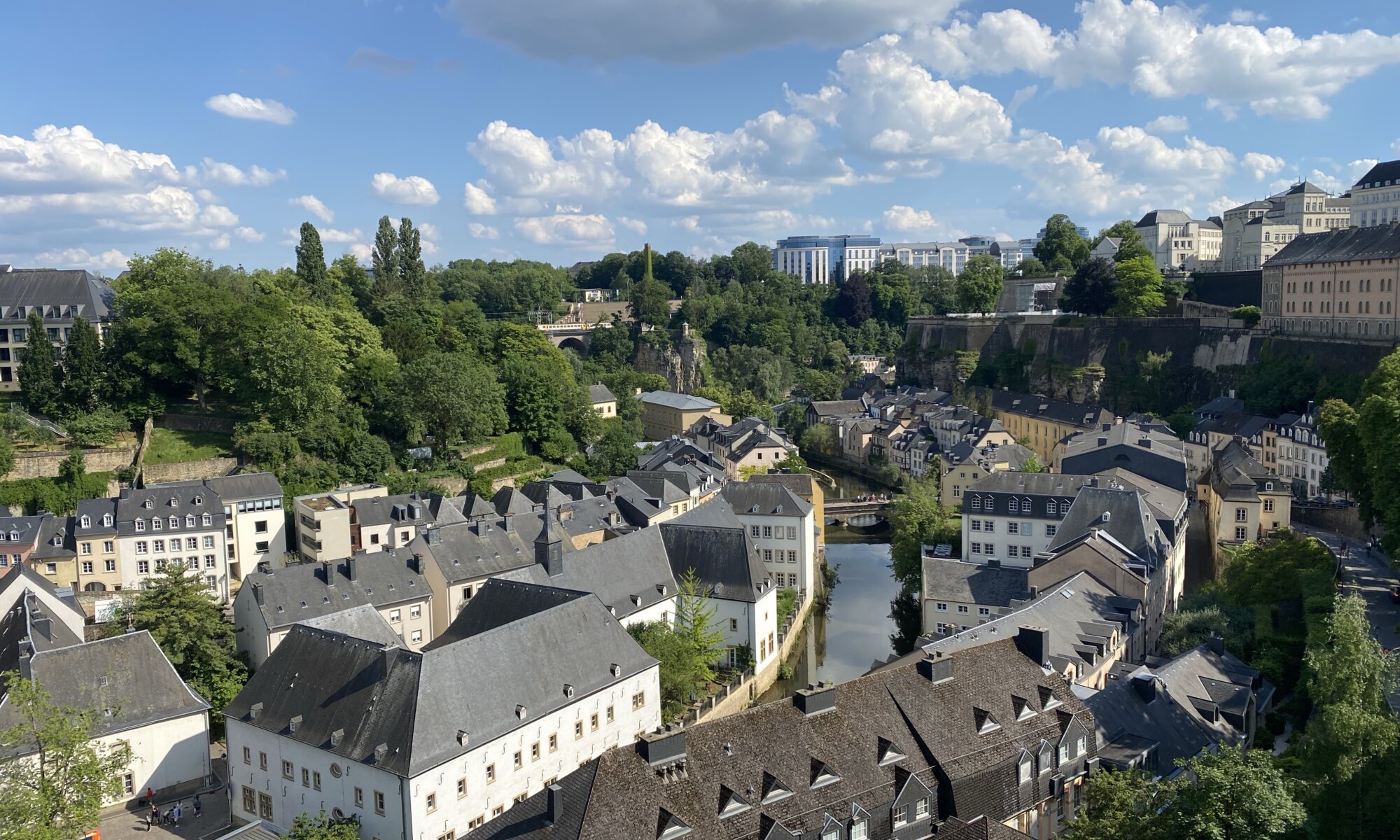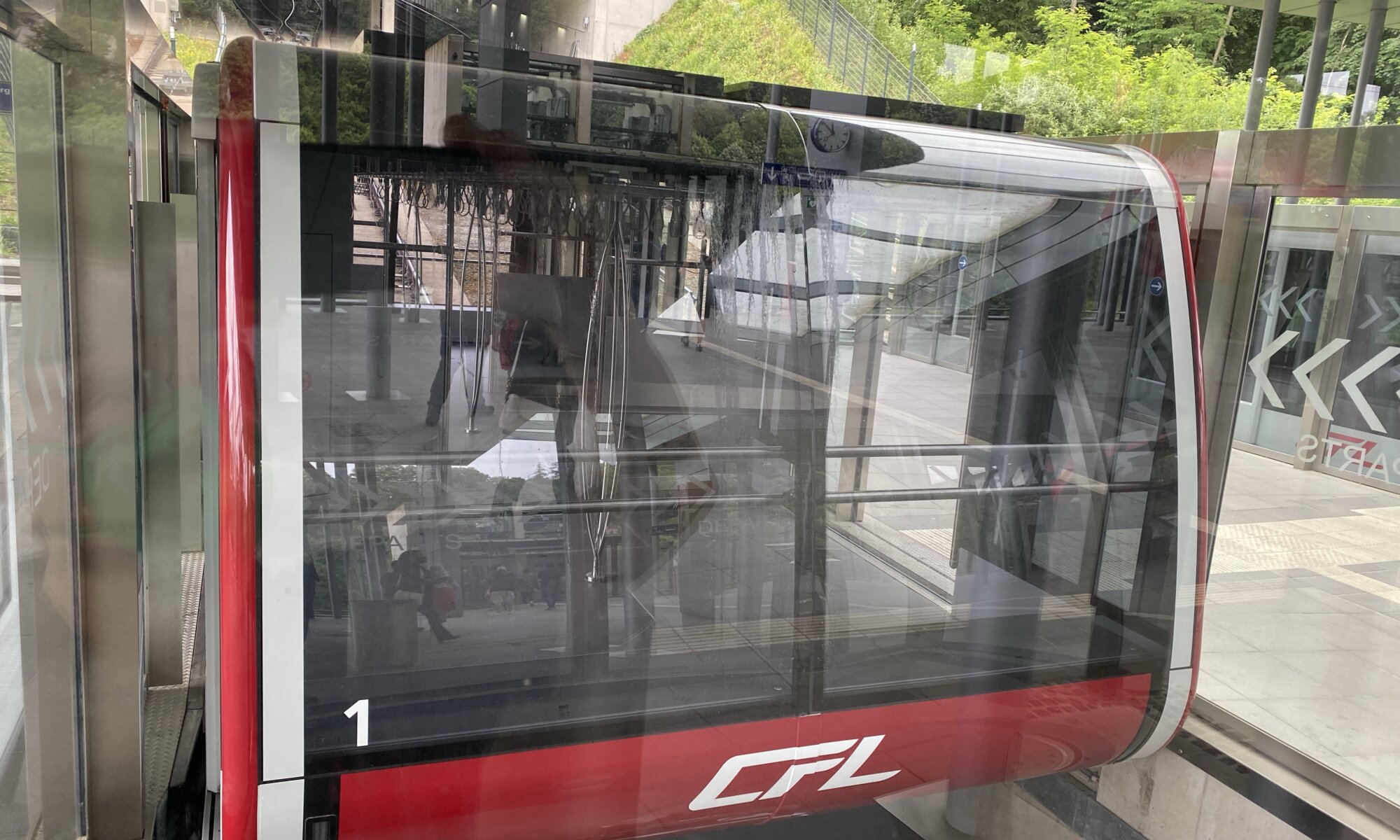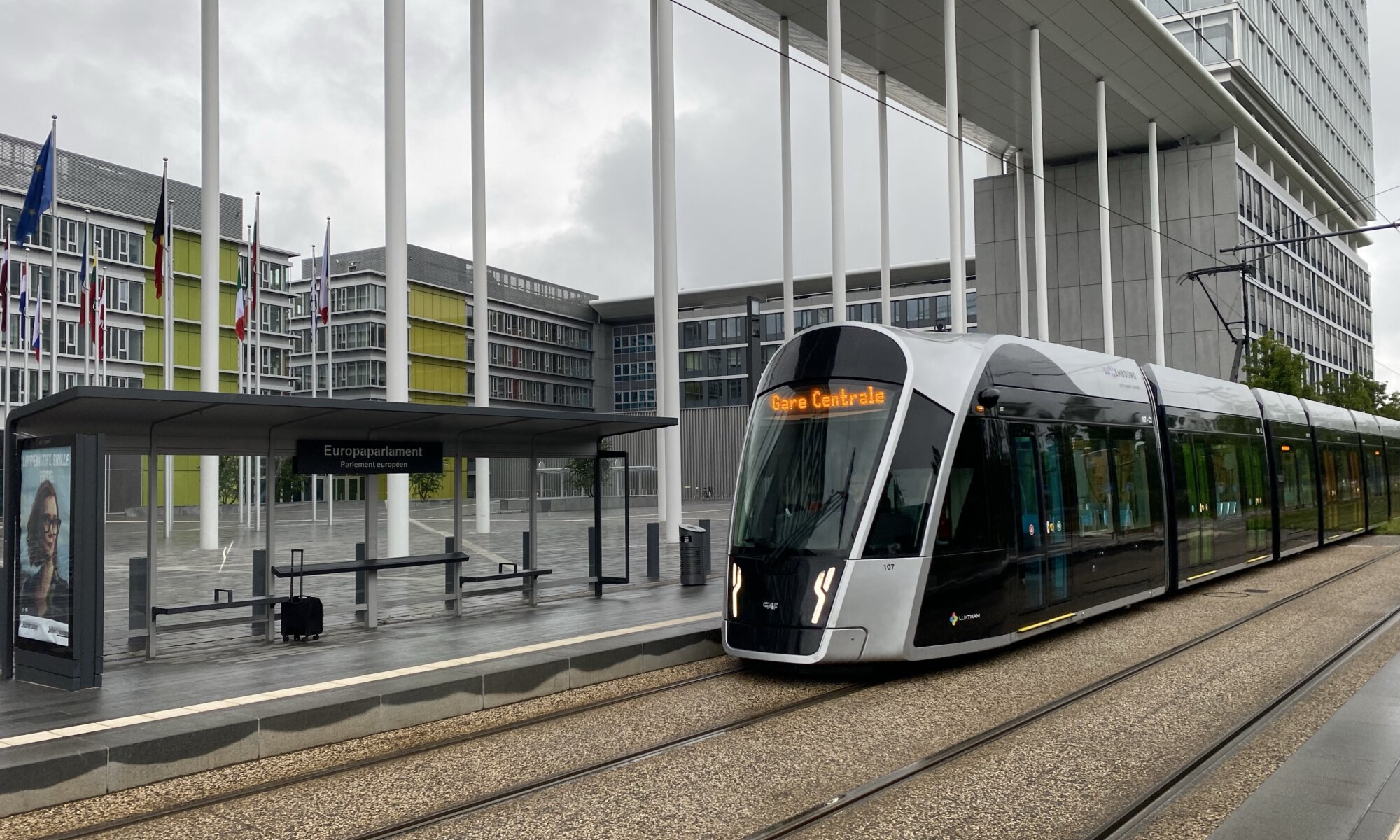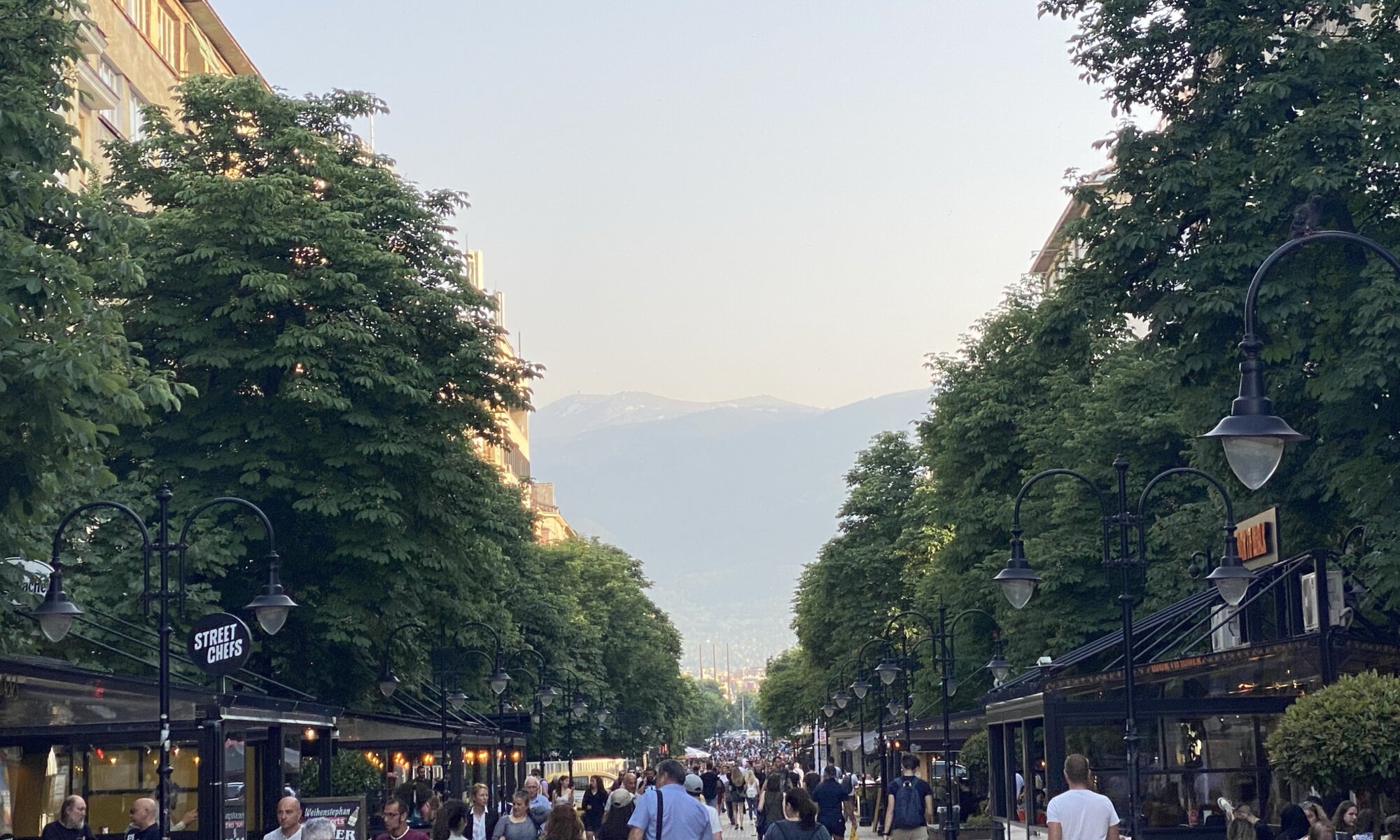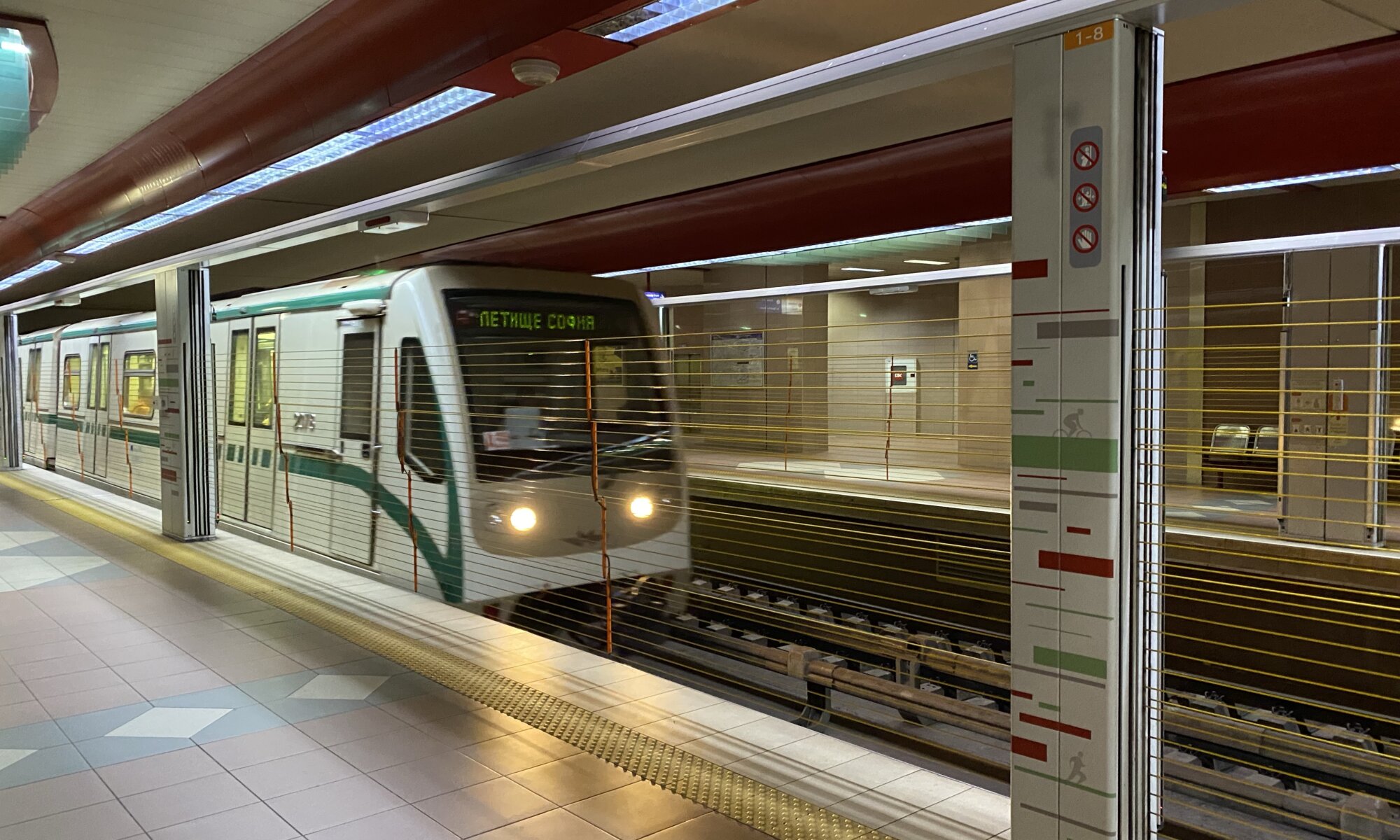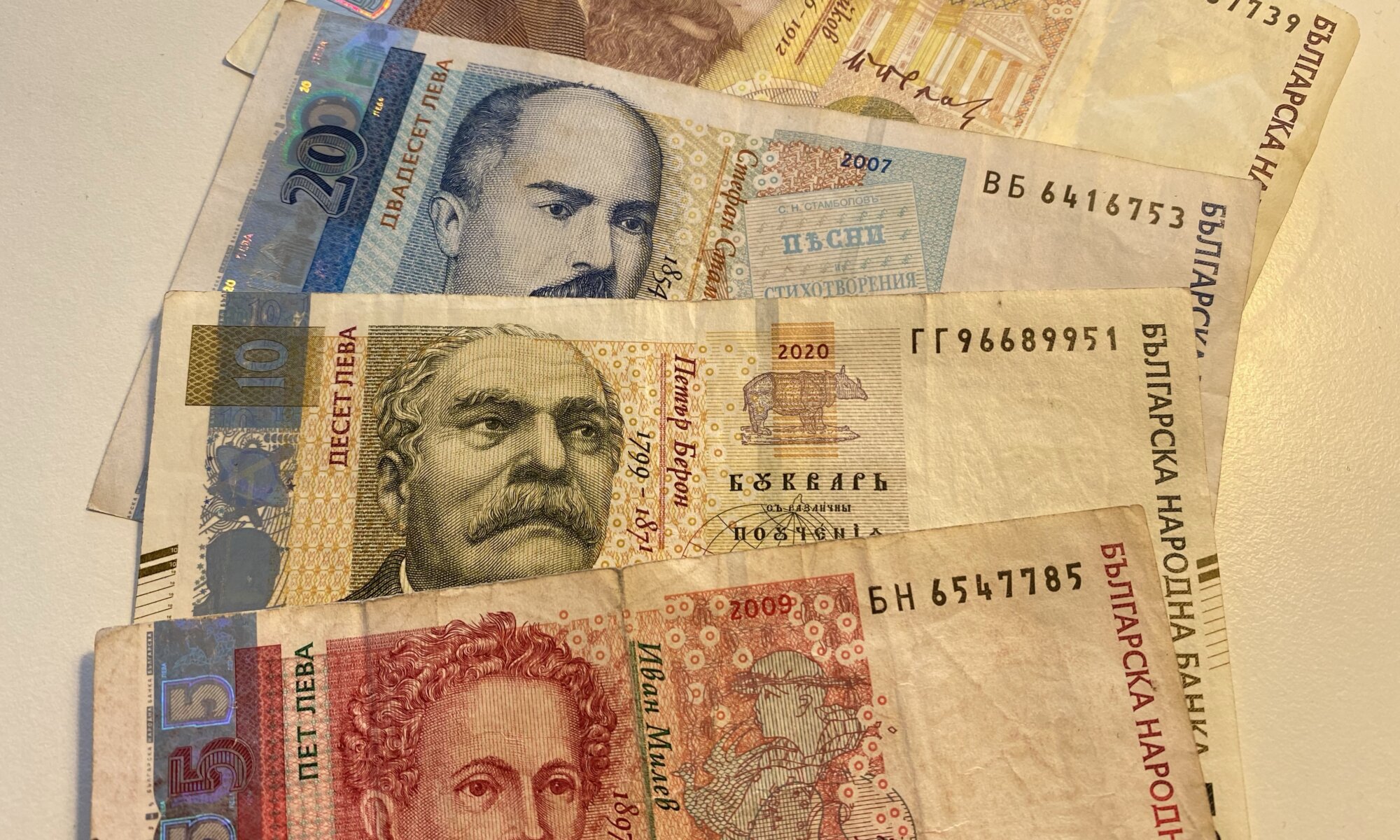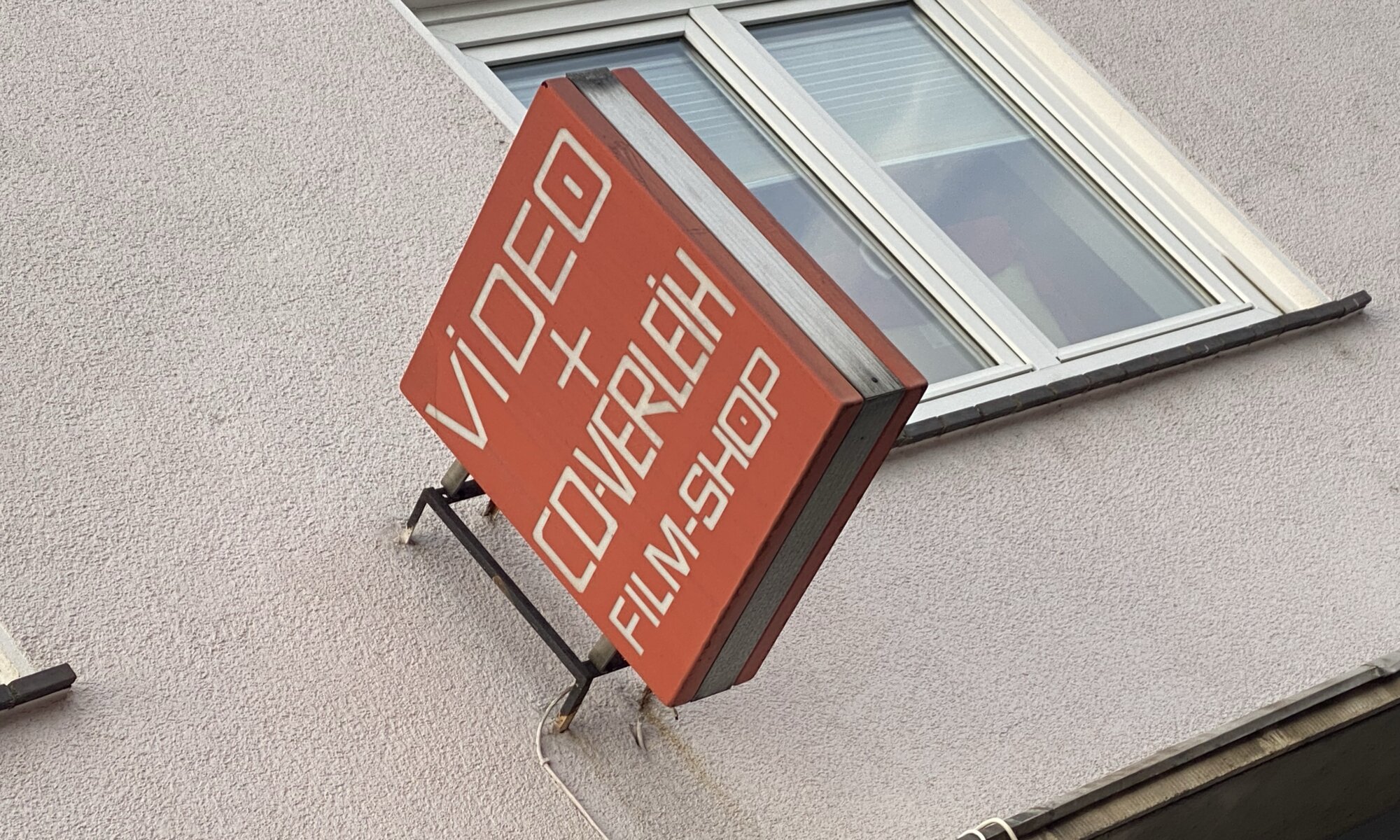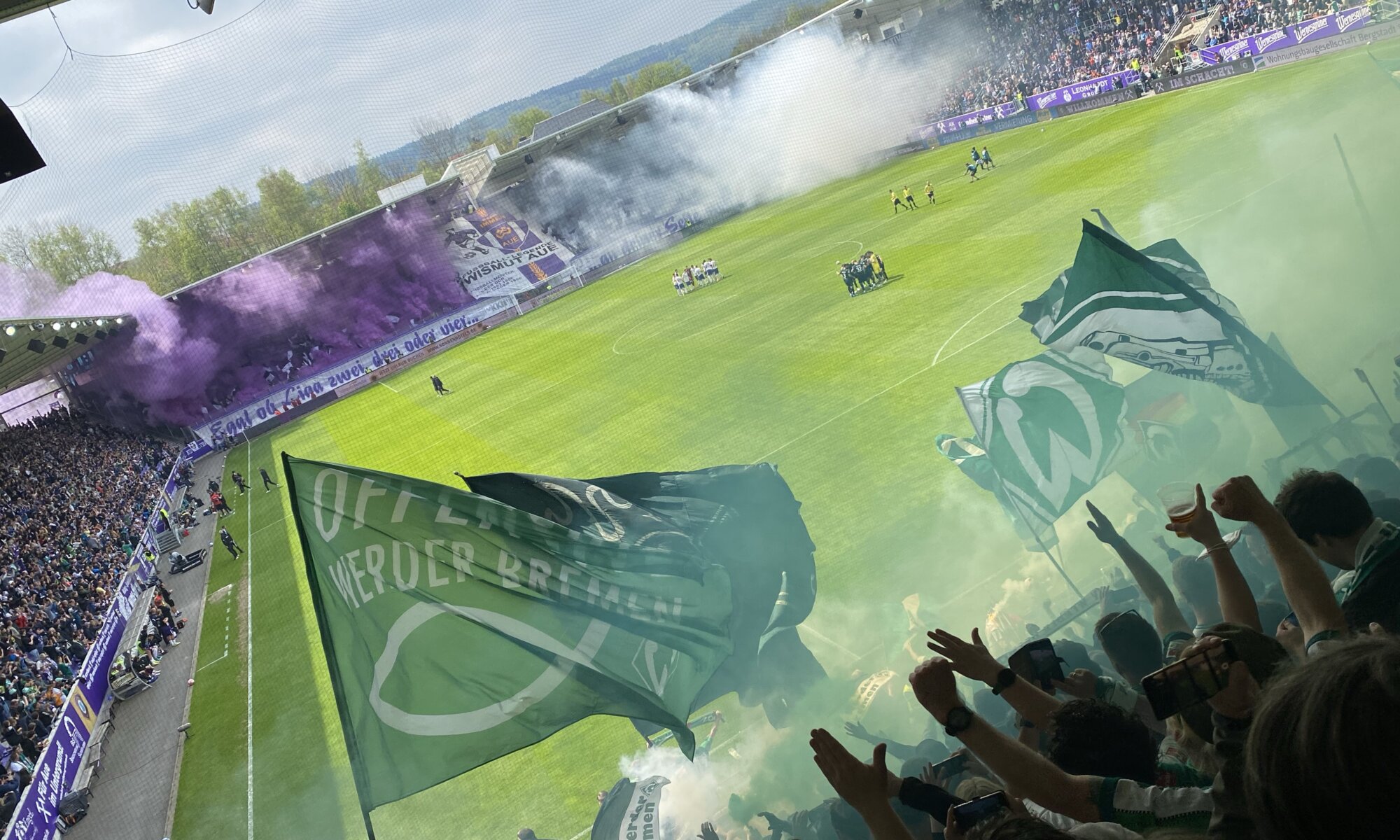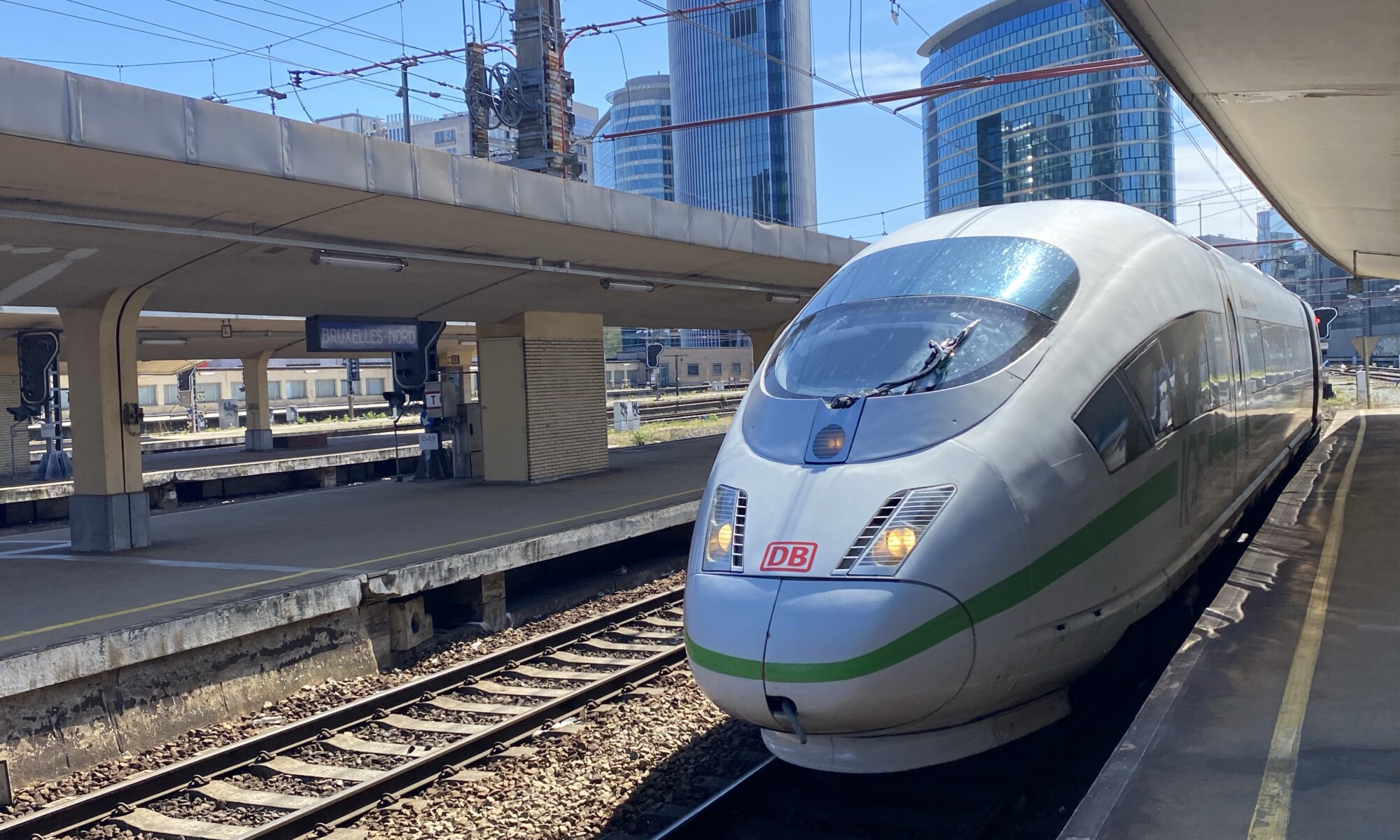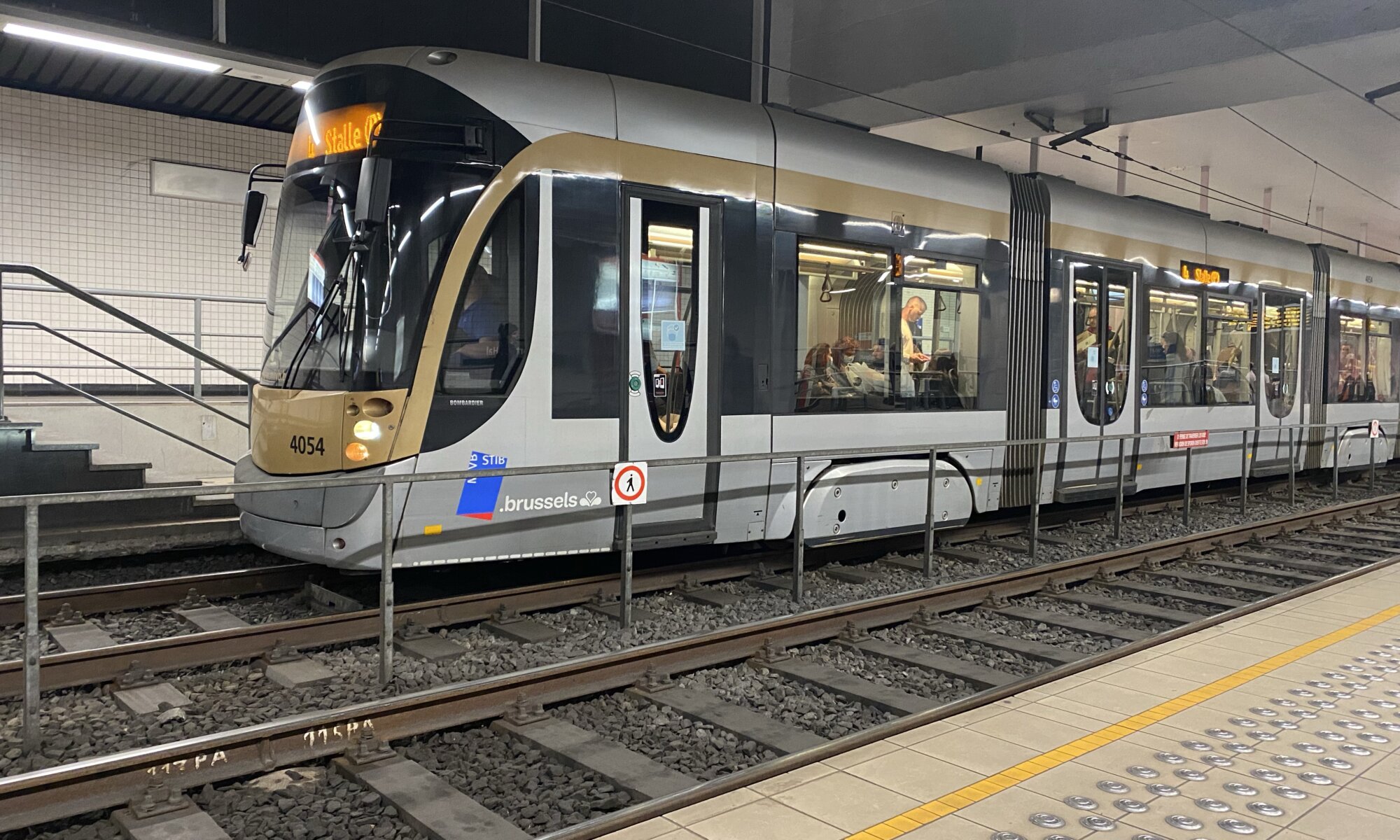The capital city of Luxembourg has a lot to offer: small mountains on which the city is located, forests and many old fortifications. Lëtzebuerg was a fortress for a very long time and you can experience this at nearly every corner. Today it feels like the ideal city, a visit is very much enjoyable and leads very fast to the typical vacation feeling. Lëtzebuerg is a little pearl; you don’t need more than a weekend to explore it – but not visiting it would be a bad decision.
Continue reading “Little pearl”Hidden funicular
Public transport at Lëtzebuerg is based on buses, tramways and elevators. Maybe someone thought that a funicular is the missing piece: in 2017 the Pfaffenthal-Kirchberg funicular was opened; a funicular that is only 200 meters long with a height difference of 38 meters. If you travel by tramway from the historic city center to the European quarter you might easily miss it, as it is located in parallel to the Pont Grande-Duchesse Charlotte.
Continue reading “Hidden funicular”Free shuttle
Luxembourg is a small country and if you want you can reach all interesting places in the capital city of Lëtzebuerg on foot. Nevertheless you’ll find one tramway line (from the main station to the exposition center, crossing the city center and the European quarter) and a good bus network. And best of all: it can be used completely free of charge.
Continue reading “Free shuttle”Converging city
Travelling to Bulgaria for most people means to go to beaches at the Black Sea in the East. The beaches there are at least in Germany marketed with special names like Goldstrand (golden beach, Варна) or Sonnenstrand (sun beach, Несебър). As the prices are significantly lower than in Western Europe, many people book cheap travel packages. But in those beach areas you won’t find out much about the country, its past and its culture. Even though the capital city София is not a typical tourist destination it was worth very much to be explored.
Continue reading “Converging city”Long distances
София has about 1.3 million inhabitants and is with 492 sq km the 10th largest city in Europe. That might be a surprise but you can really feel it while travelling through the city. Fortunately there are many different means of public transport available, from the metro to buses, trolleybuses and tramways. But for sure there are also taxis (you can order via app), motorized scooters from different providers and rental bikes.
Continue reading “Long distances”Lev
Bulgaria is part of the European Union but doesn’t have the Euro yet. The currency is the Bulgarian Lev (plural Leva; code BGN). Lev means lion and one lev is divided into 100 stotinki. The exchange rate of Lev to Euro is 1.95583 – a magical number for all Germans, a strange number I’ll never forget in my life. It was the exchange rate of Deutsche Mark to Euro. As the Lev was initially bound to the Deutsche Mark, it has the same exchange rate.
Continue reading “Lev”Film-Shop
It is a relic from the old times, but someone needs to show the kids of today that there was a world before video streaming and without Netflix. That in the past we had to walk to a video store where we could be VHS (Video Home System), DVD (Digital Versatile Disc), BluRay media (and buy drinks, chips and fruit gum). That we needed to pay a penalty fee when we returned them too late. Many video rental stores have been killed by the streaming industry (and us as the customers), but one survived: the first, the world’s oldest.
Continue reading “Film-Shop”Im Schacht
The Erzgebirge (ore mountains) or Krušné hory is a mountainous region belonging to Germany and the Czech Republic. People get there to enjoy nature, for skiing, to learn more about mining history or to buy artisan products like Räuchermännchen (incense smokers) or Schwibbögen (candle arches) for their Christmas decorations. For me it was a long trip by car just for watching a soccer match at the Erzgebirgsstadion, home of the FC Erzgebirge Aue.
Continue reading “Im Schacht”Museums, Gardens, Atoms & Europe
The decision to visit Bruxelles was taken by the collector in me, wanting to visit all capital cities in Europe. I’ve been to Belgium in my youth and later visited Bruges on my way to the Mont-Saint-Michel, but so far, I had only been stuck in the traffic jam around Bruxelles. By that time, I didn’t know what kind of beautiful city I was surrounding and how many wonderful places I didn’t visit because I hadn’t planned a stop at the Belgian capital.
Continue reading “Museums, Gardens, Atoms & Europe”BrusselsCard
It is one of the standard questions upfront to every city trip: Shall I pay the entrance to all sights individually or buy a package upfront? In case of my typical museum marathons, it is most often good to search for cards and packages. In case of Bruxelles, the BrusselsCard was the perfect choice for me. It offers a package of forty-nine museums covering nearly all I wanted to see, and it also has an option for visiting the Atomium without waiting in line.
Continue reading “BrusselsCard”